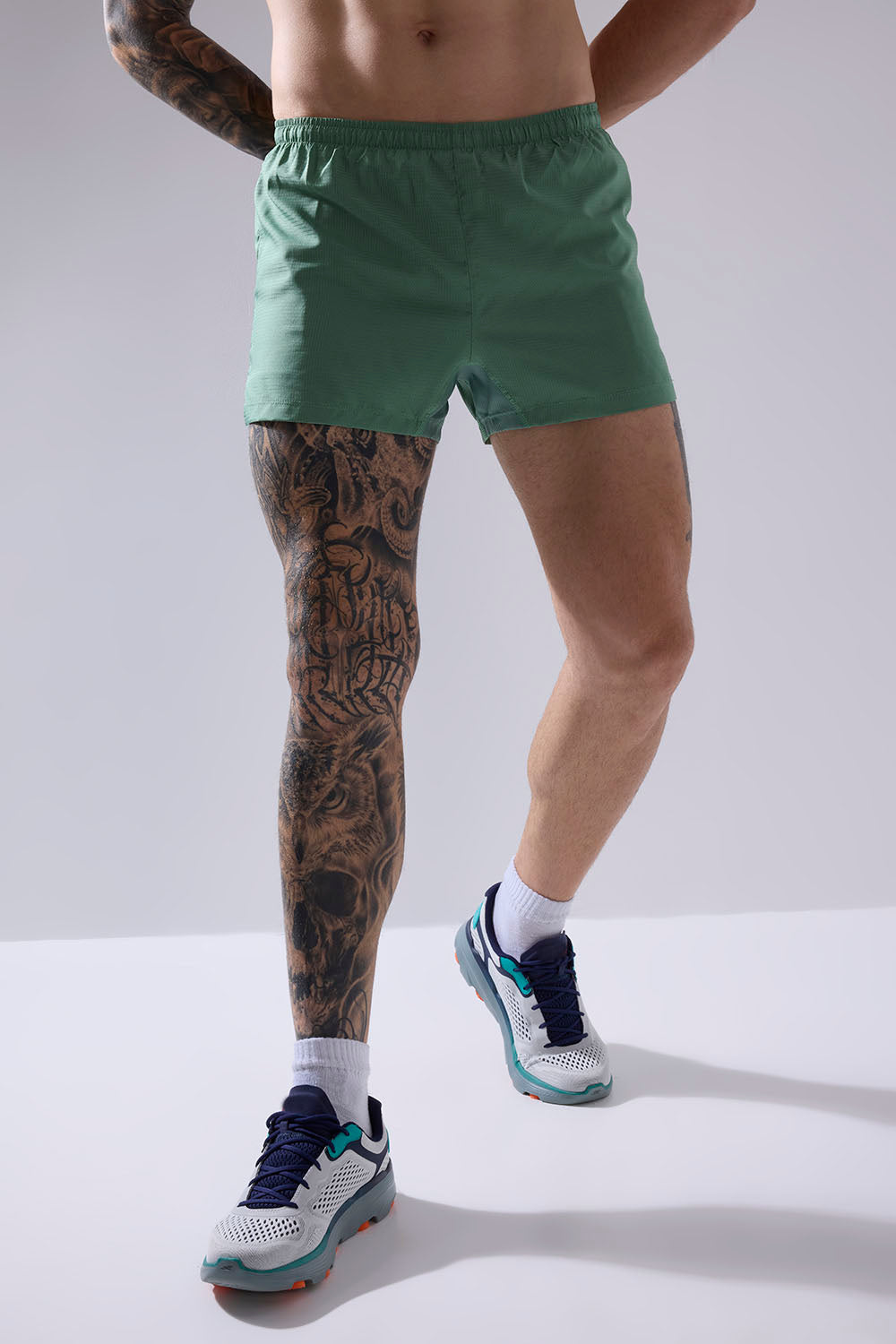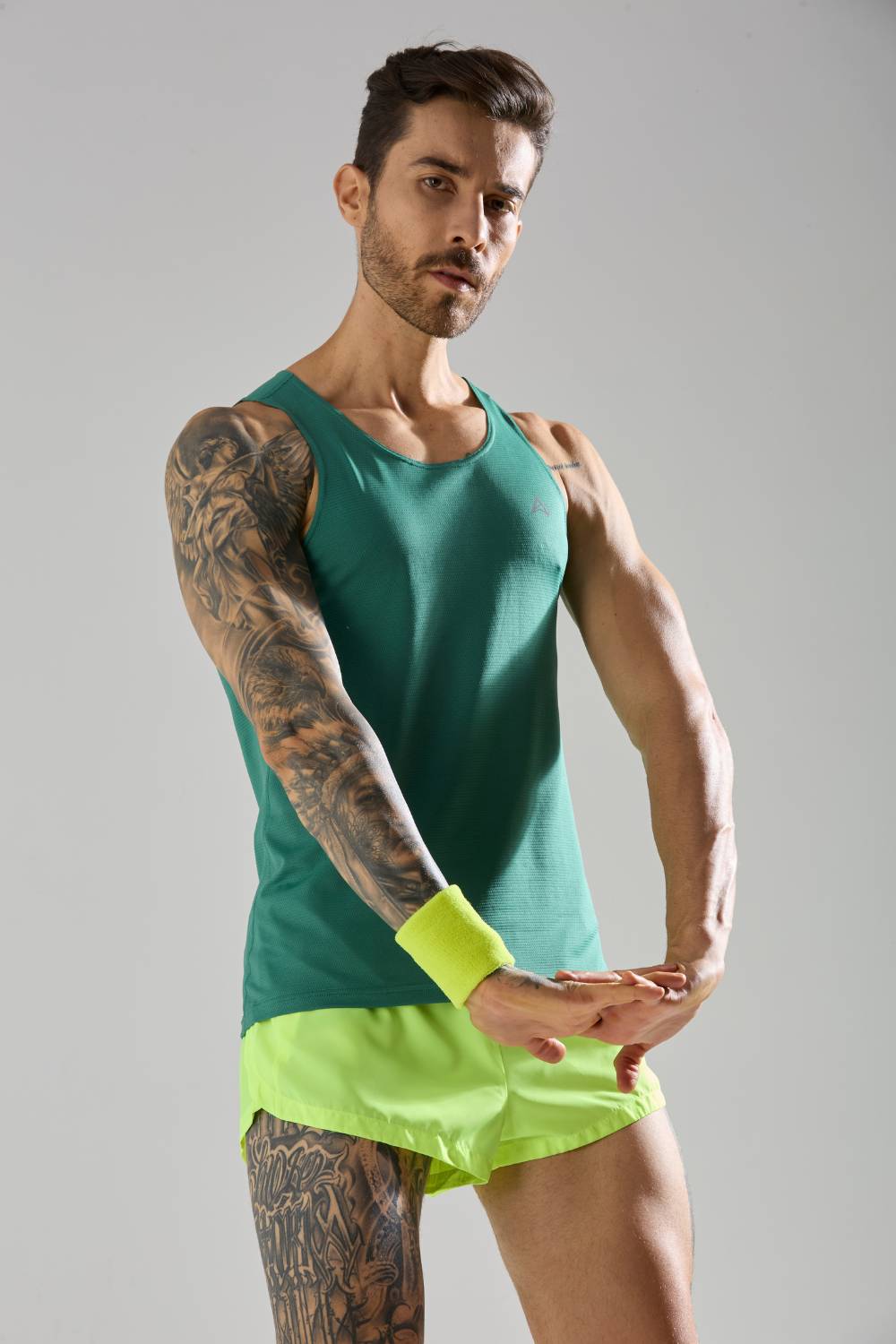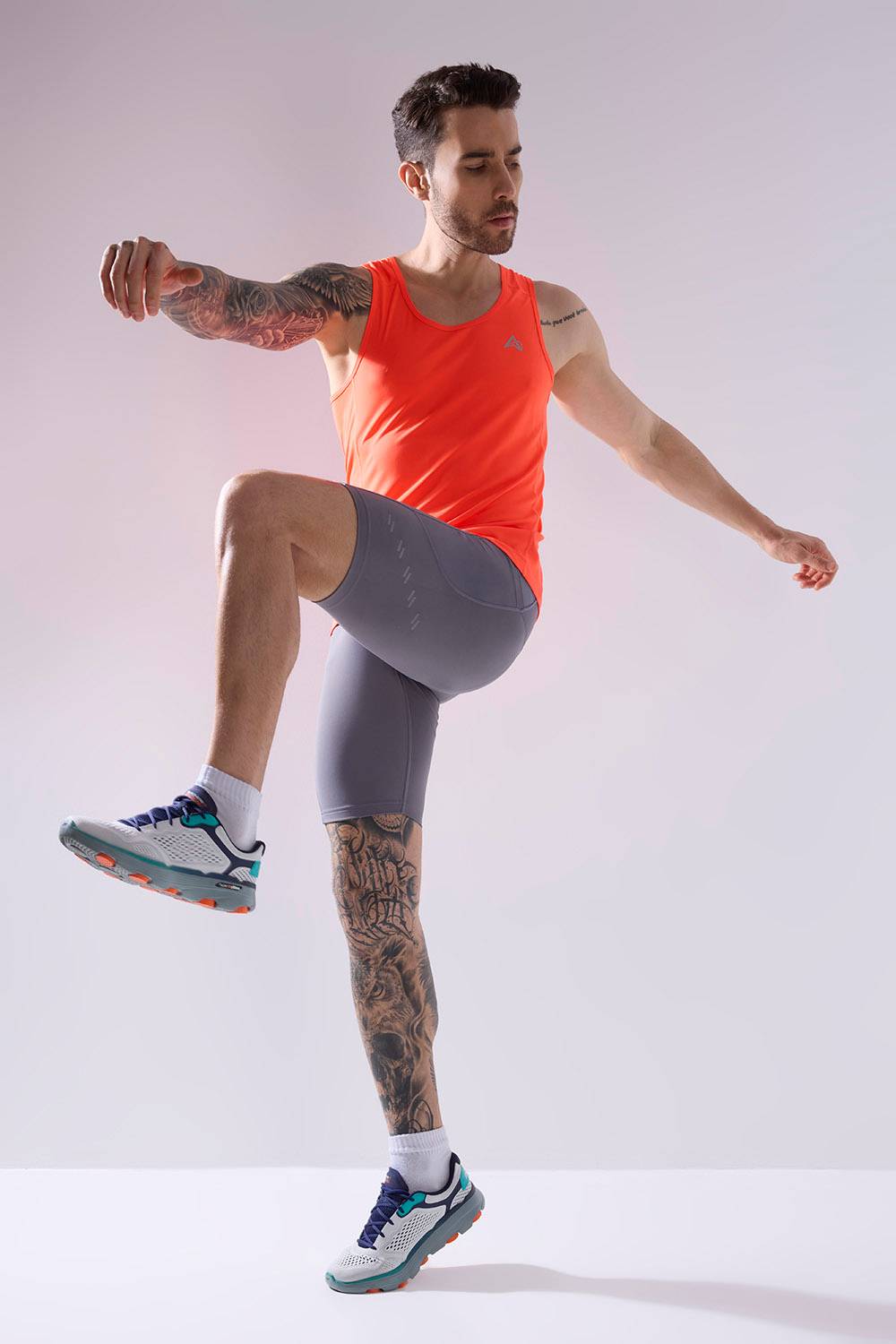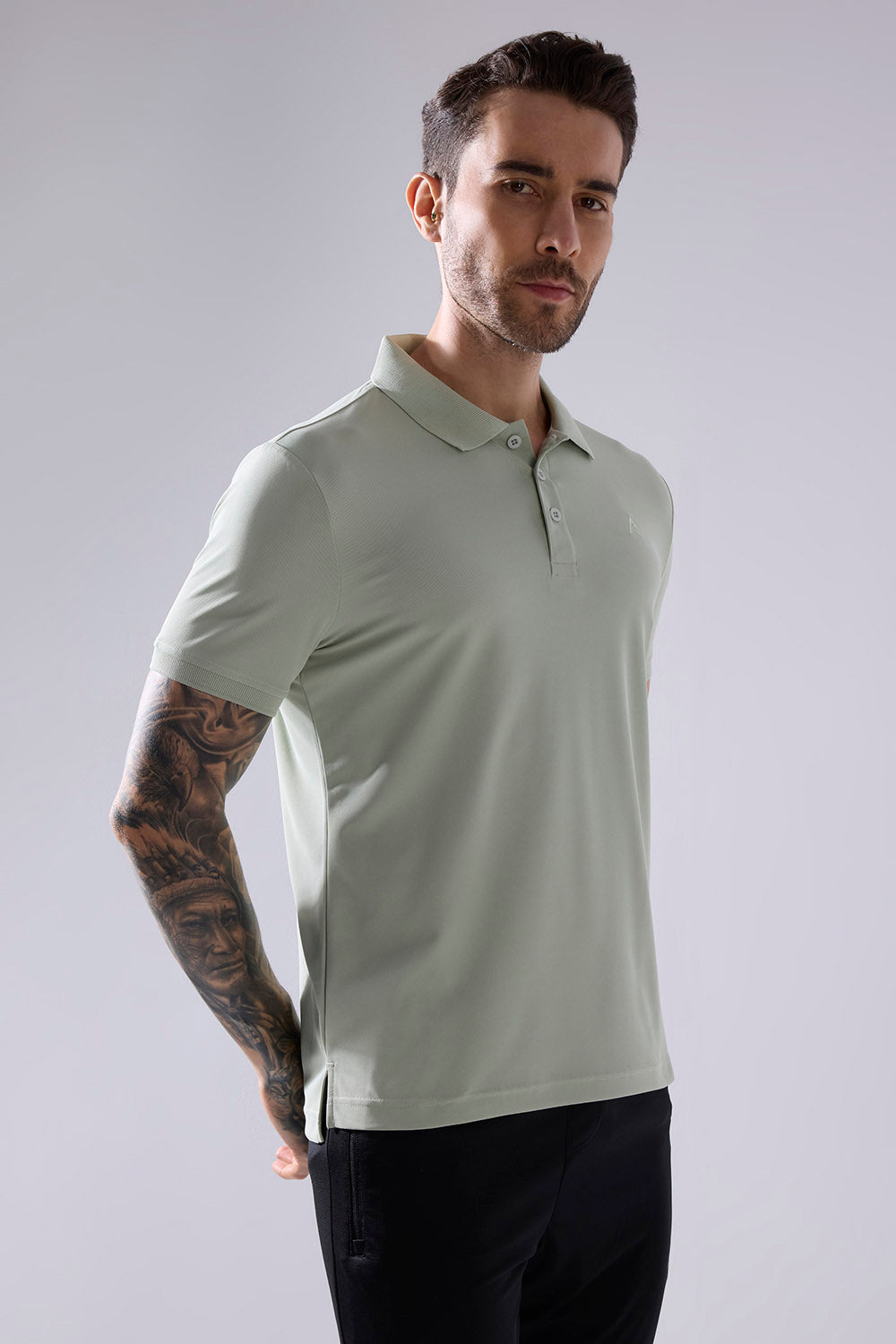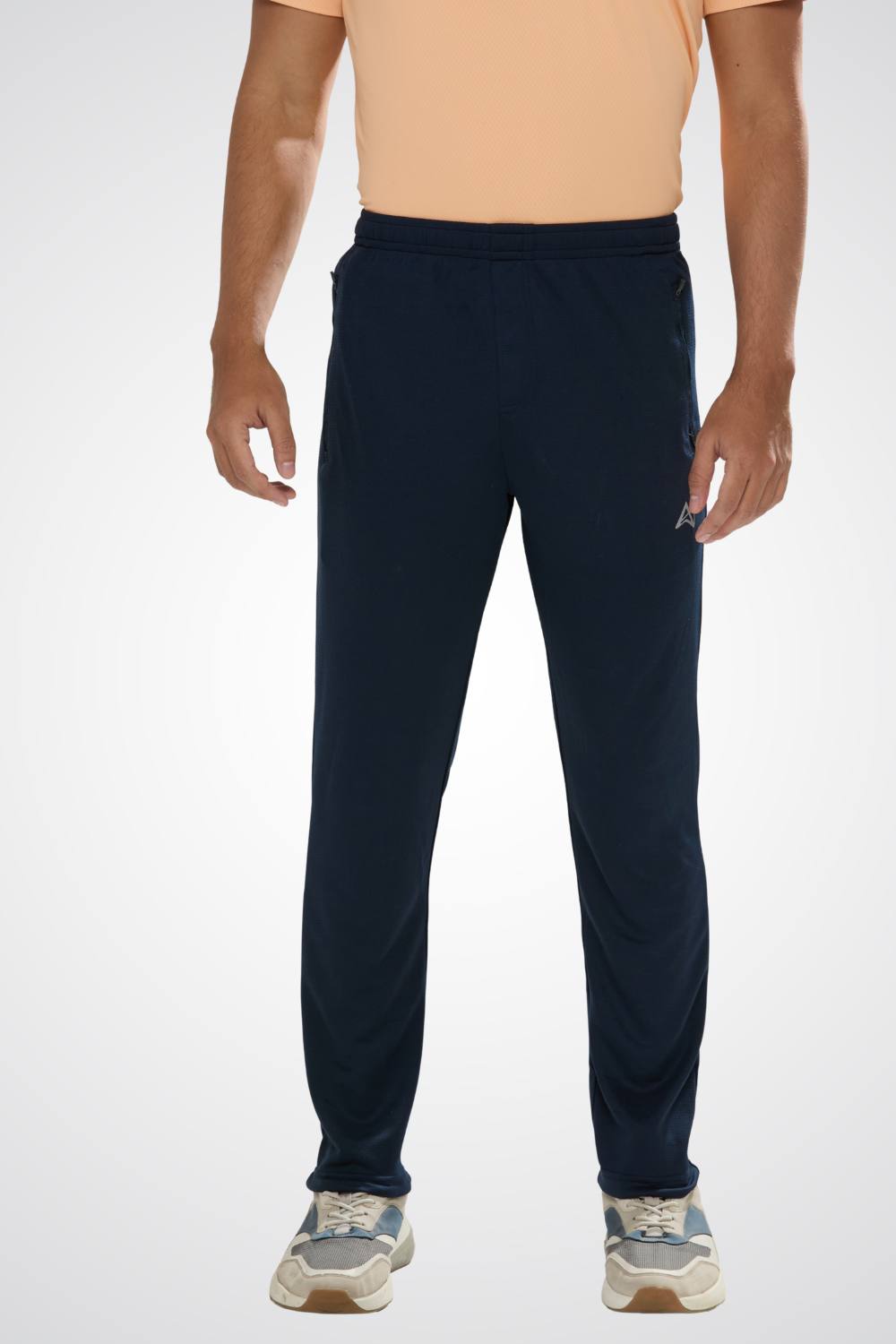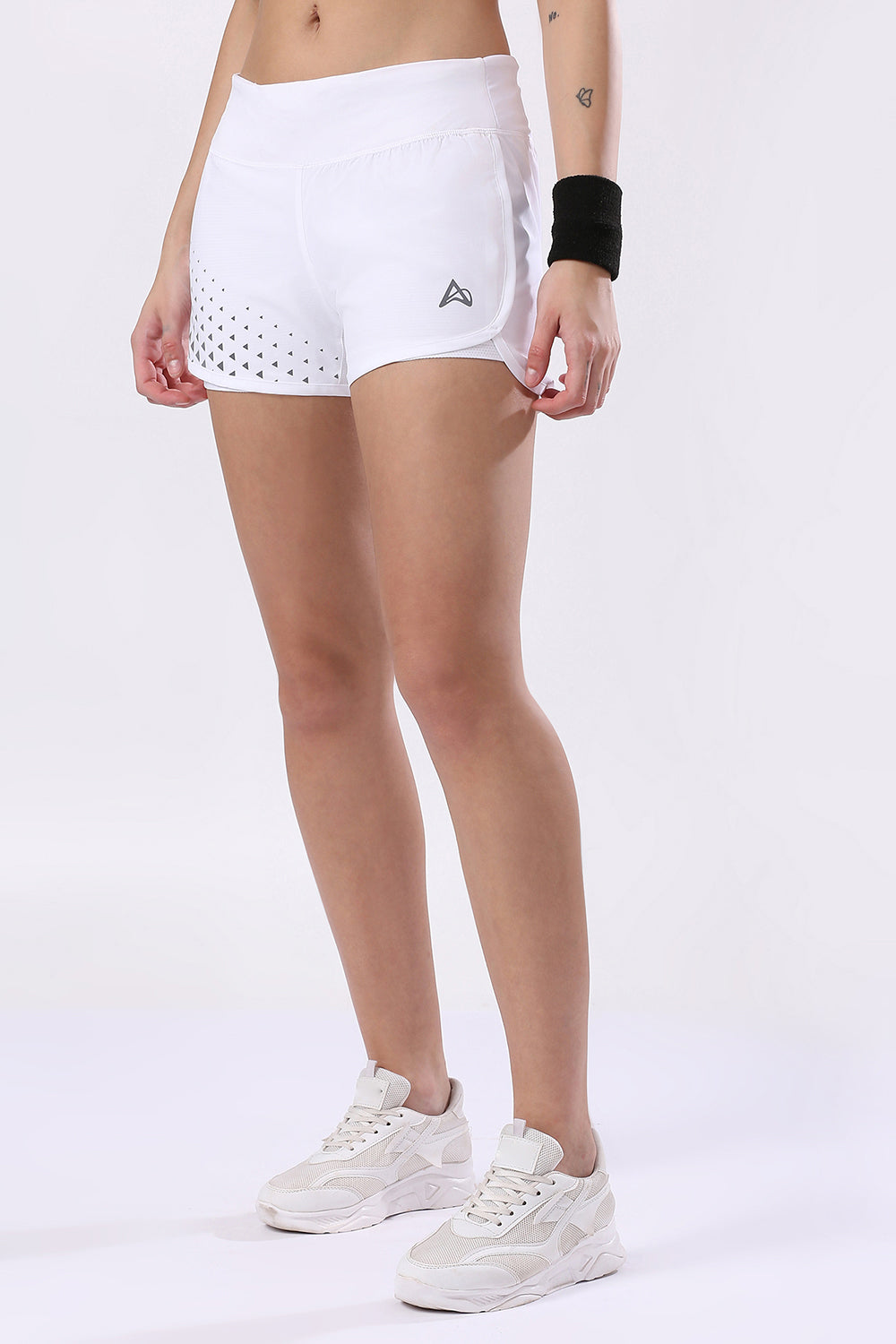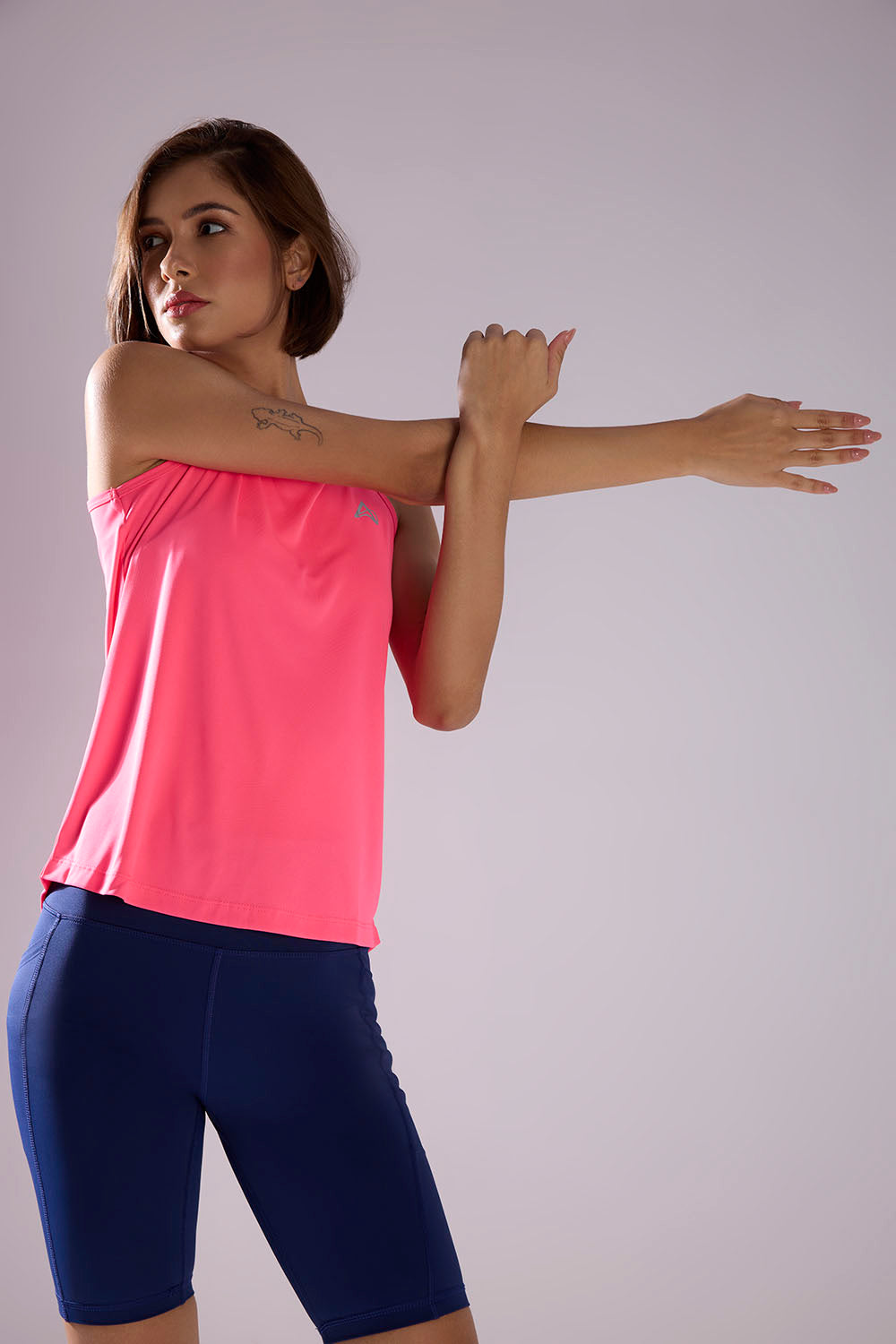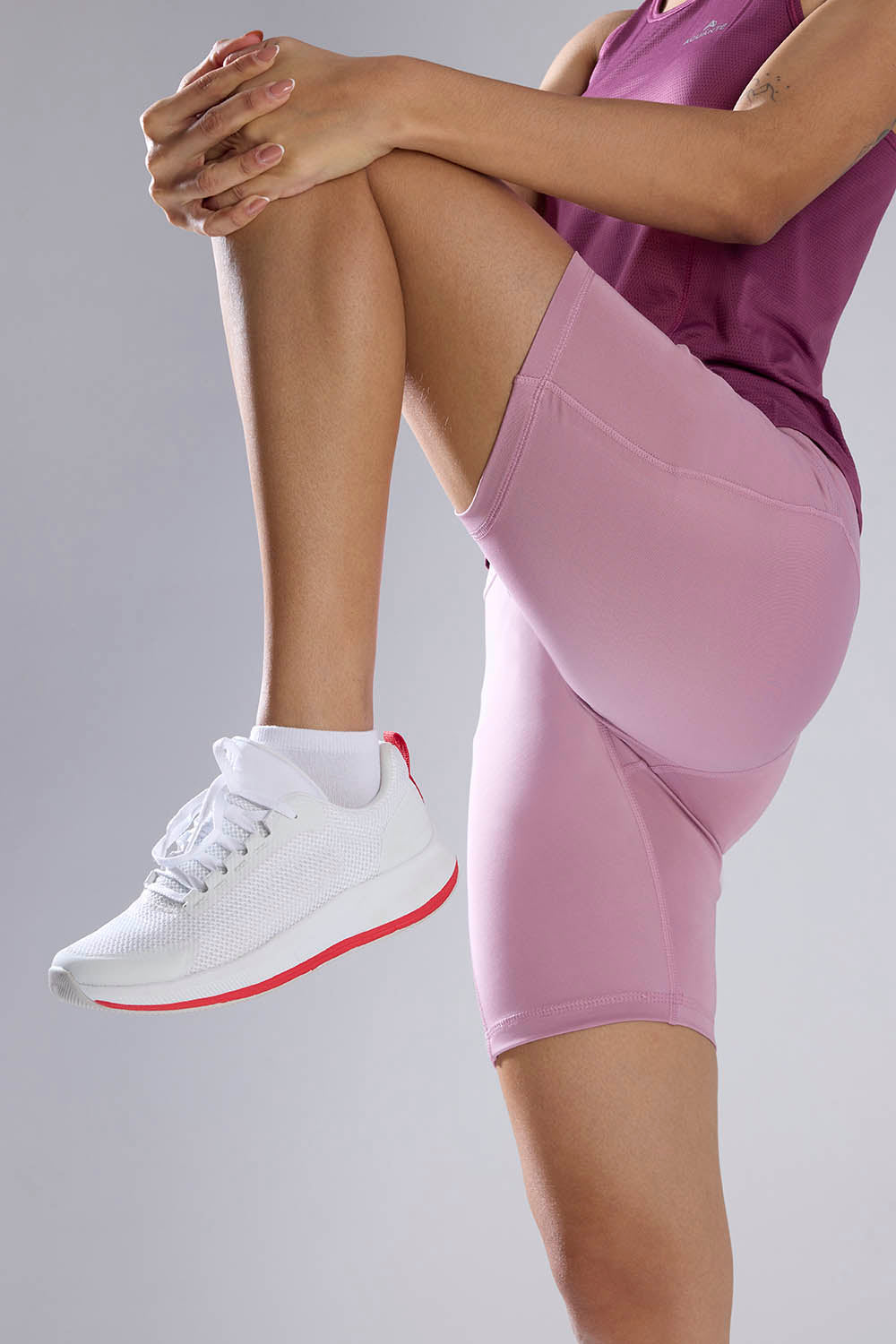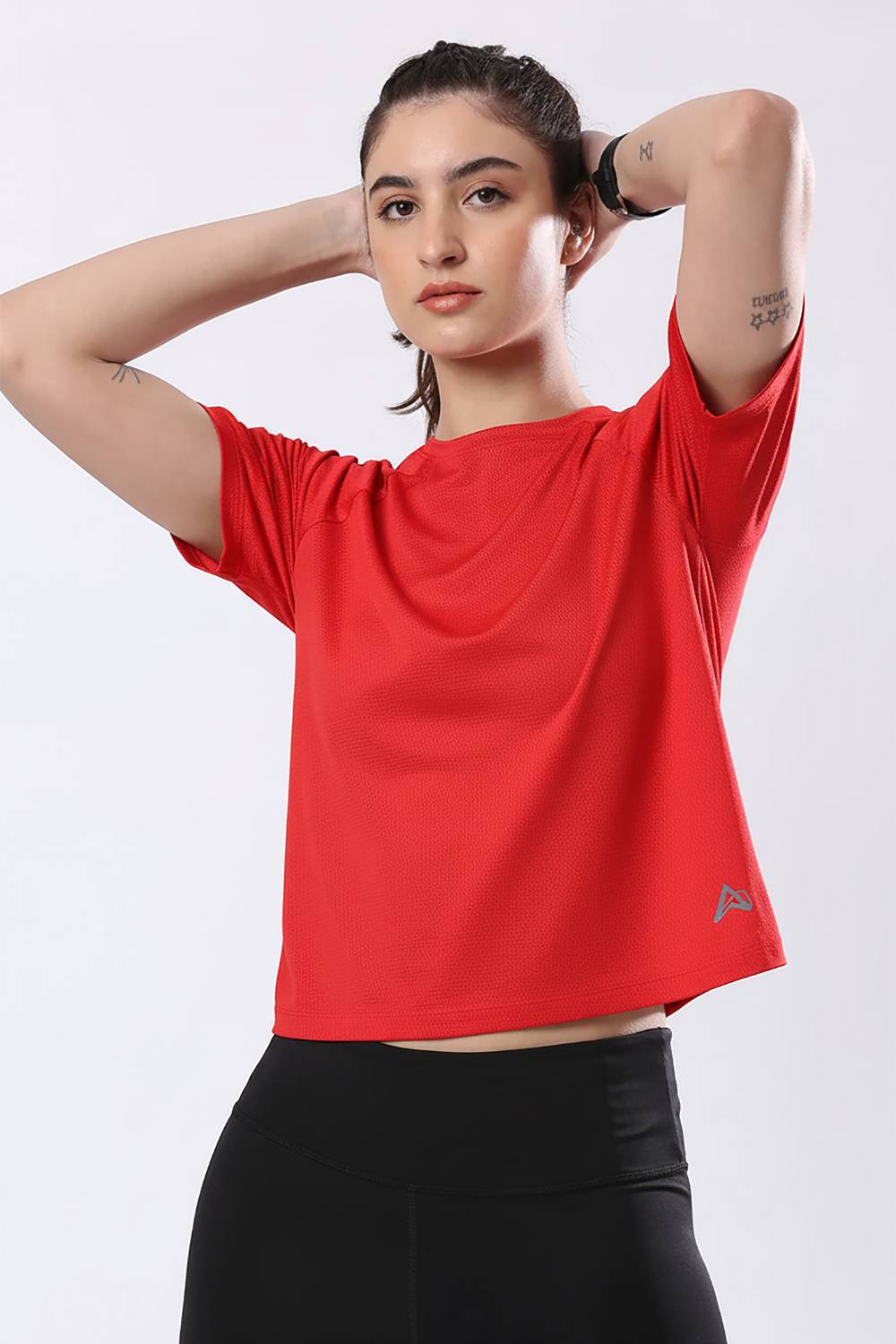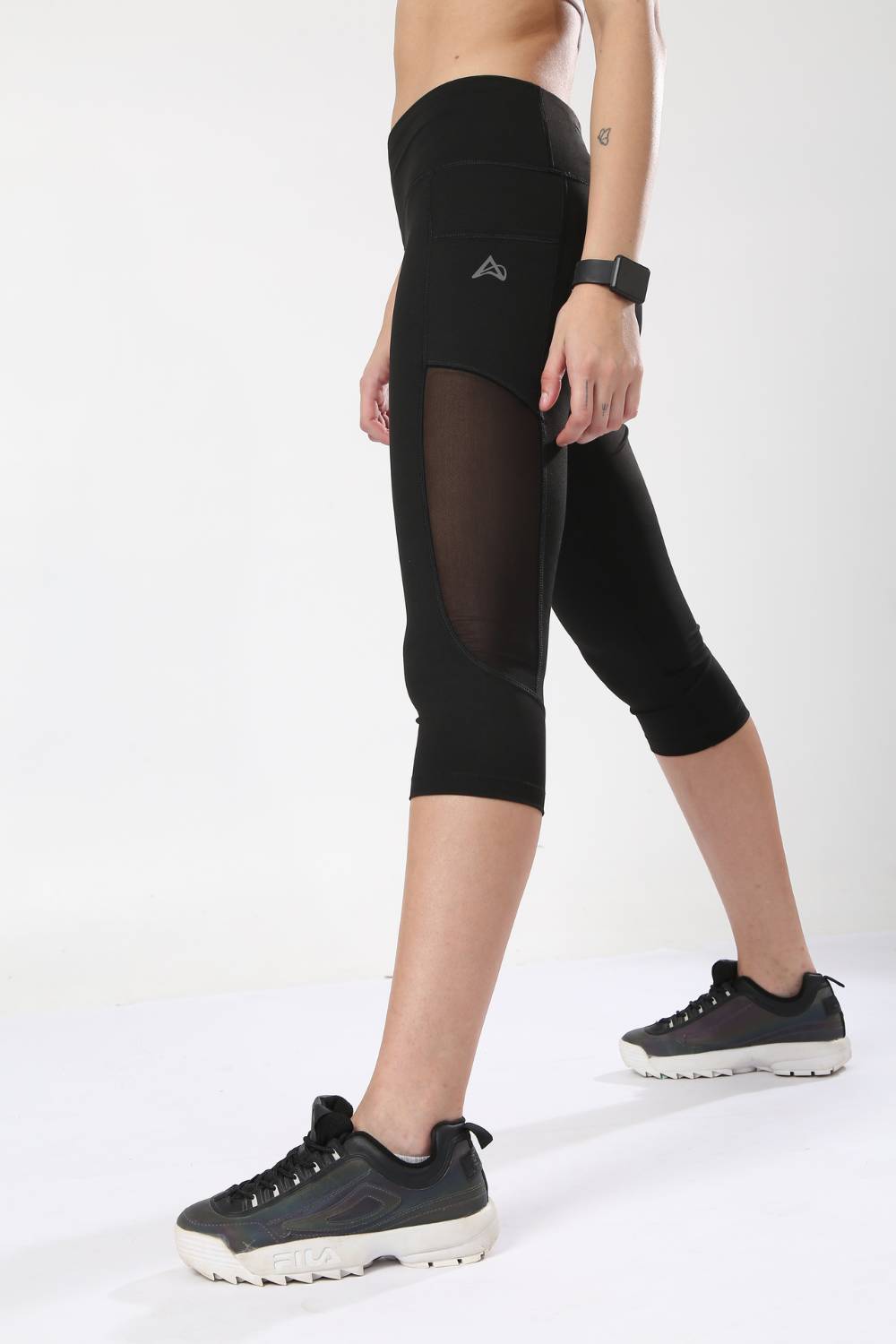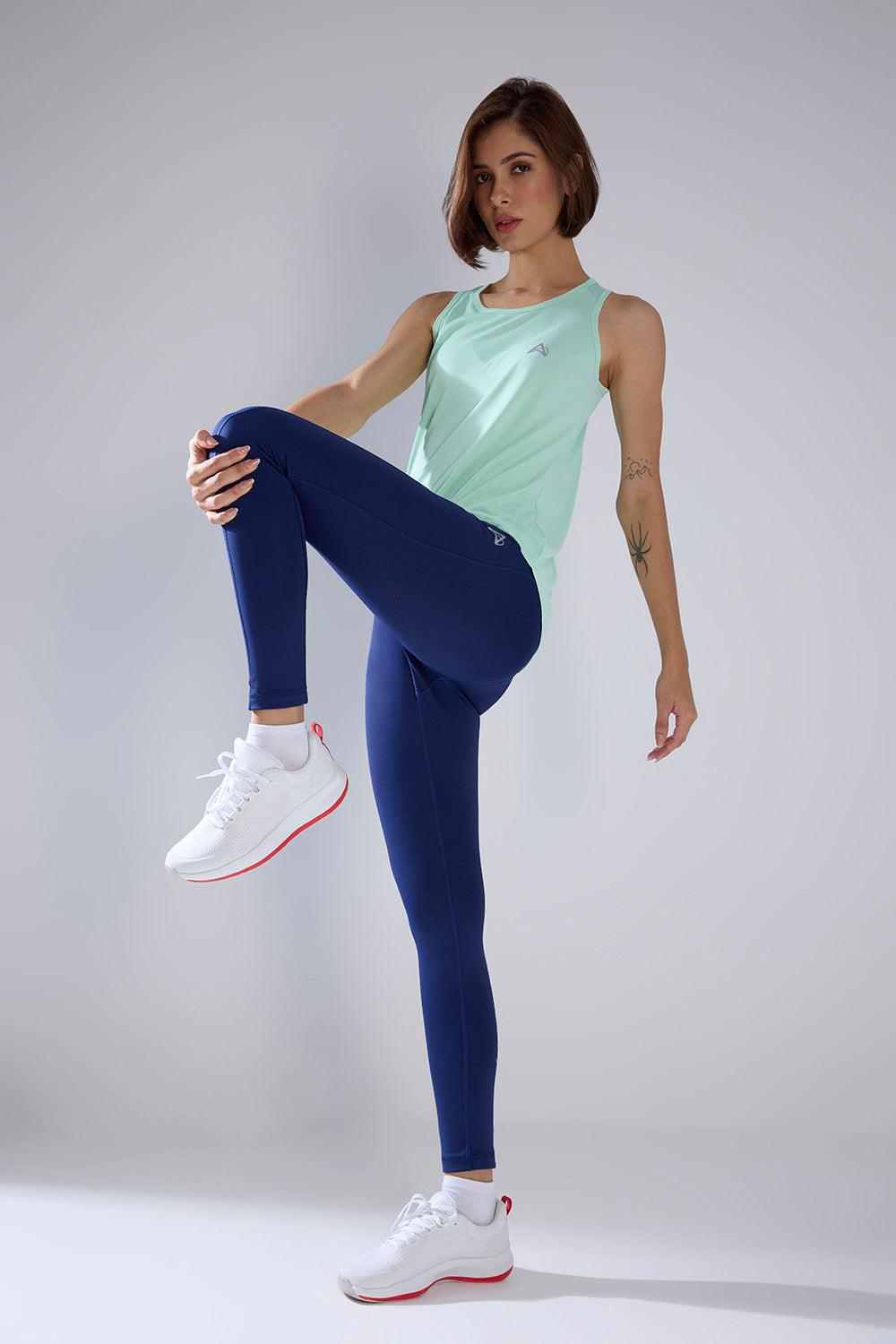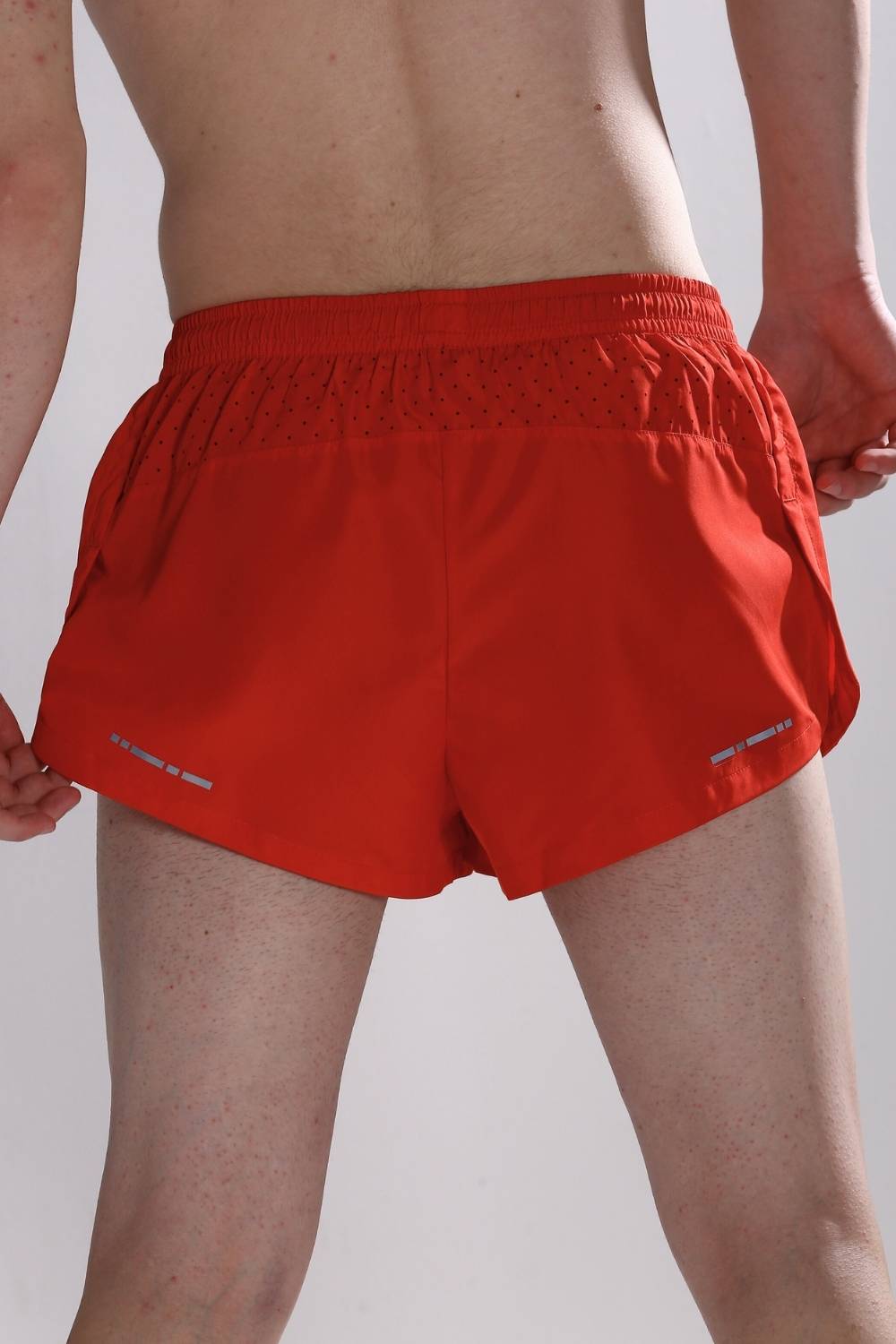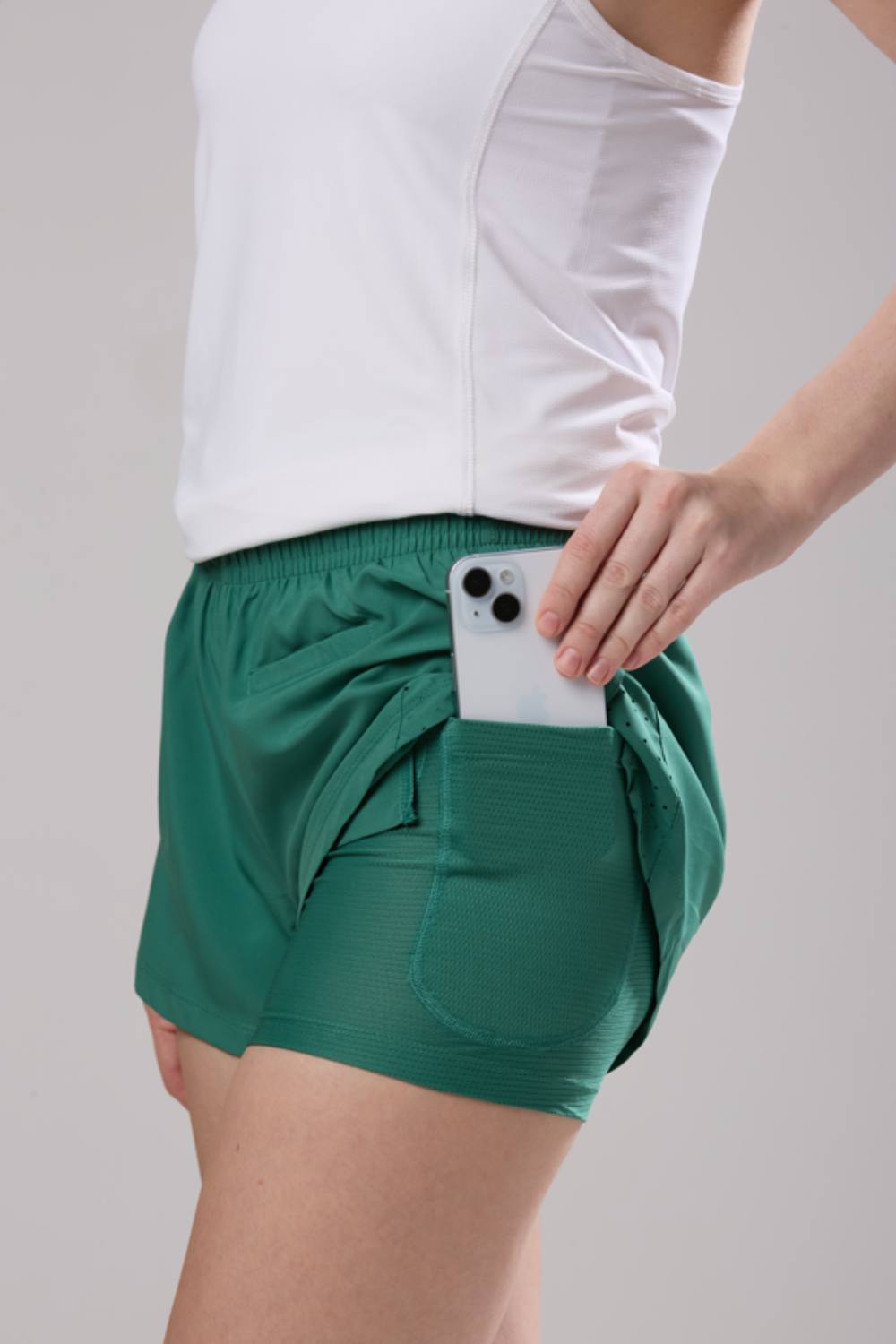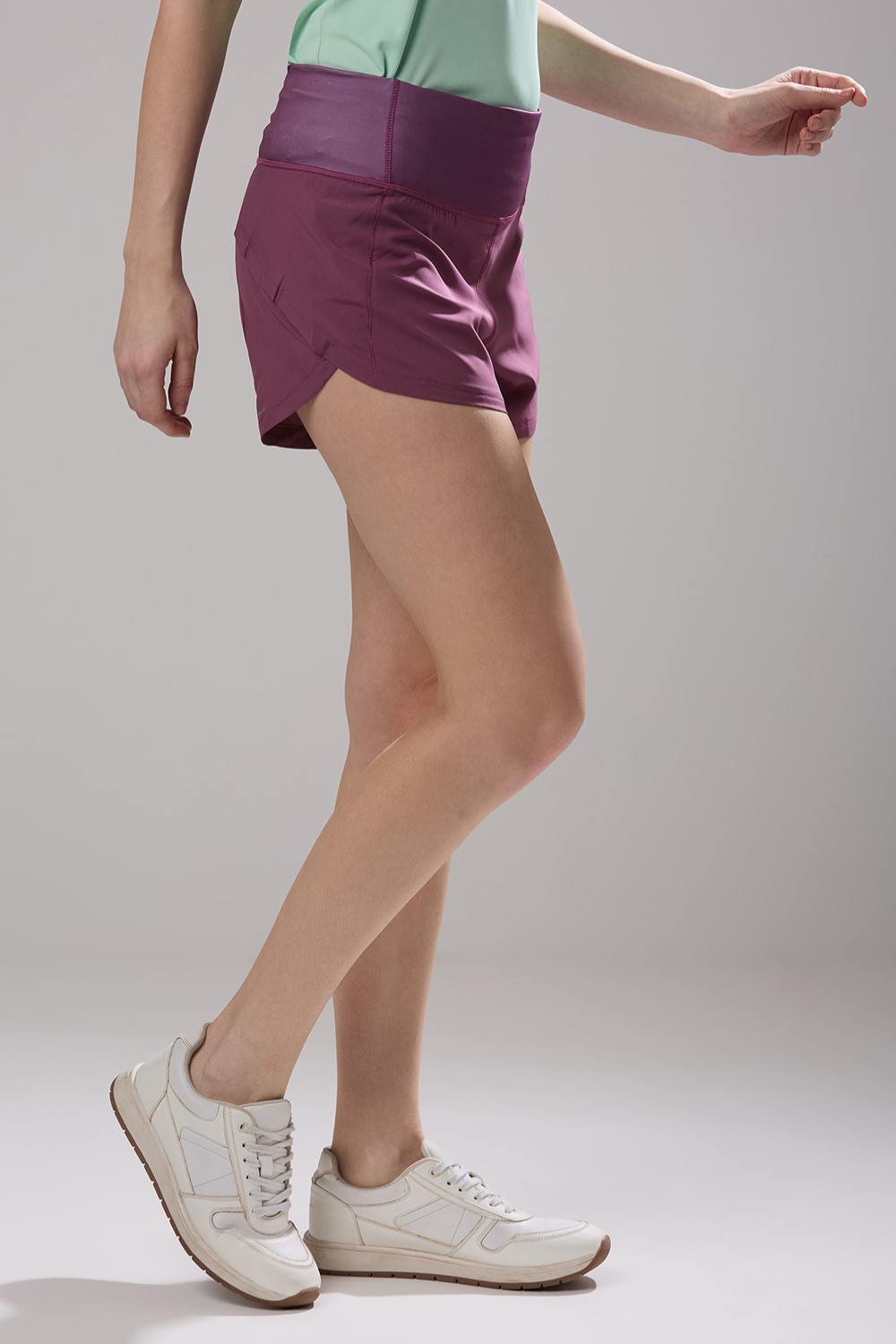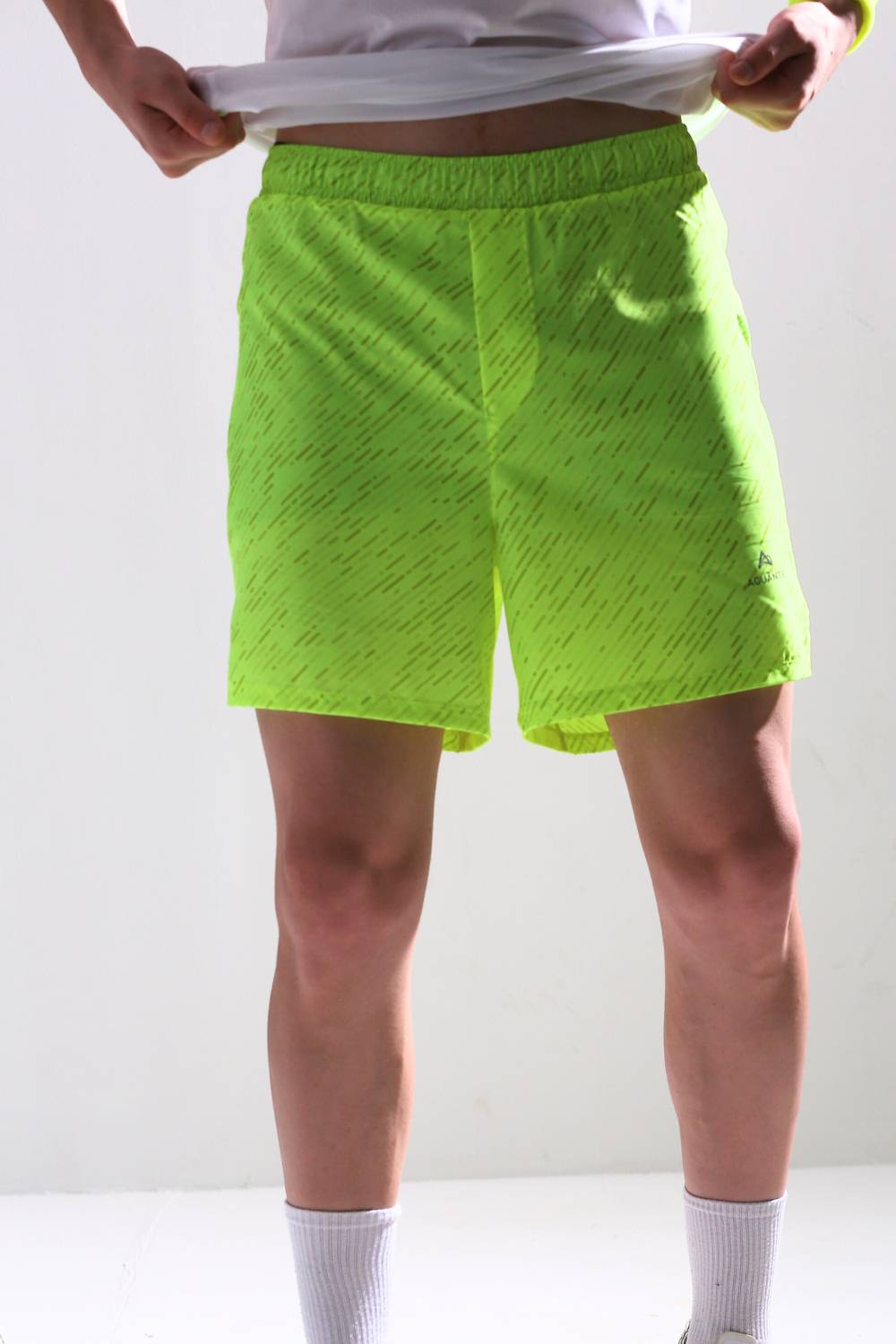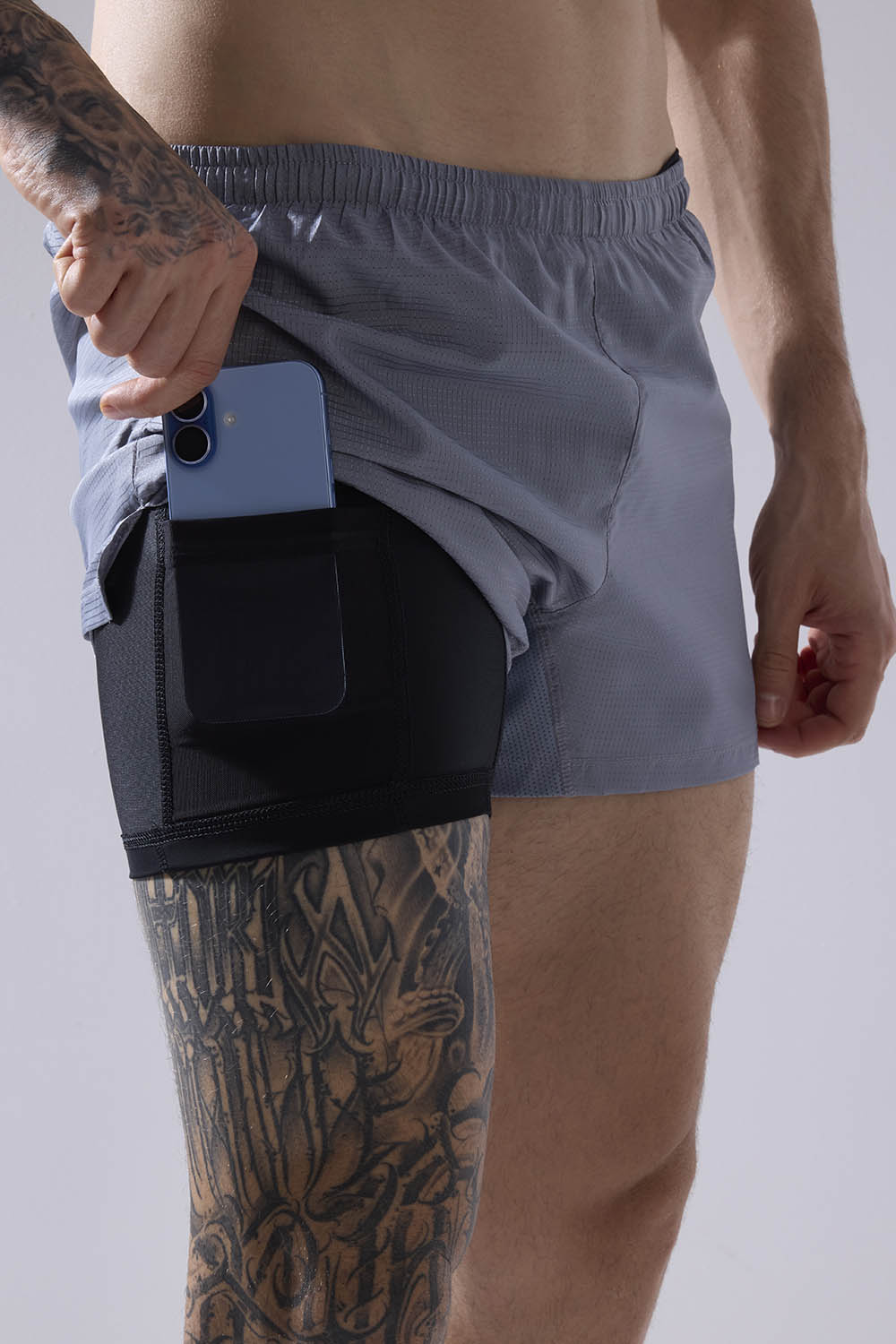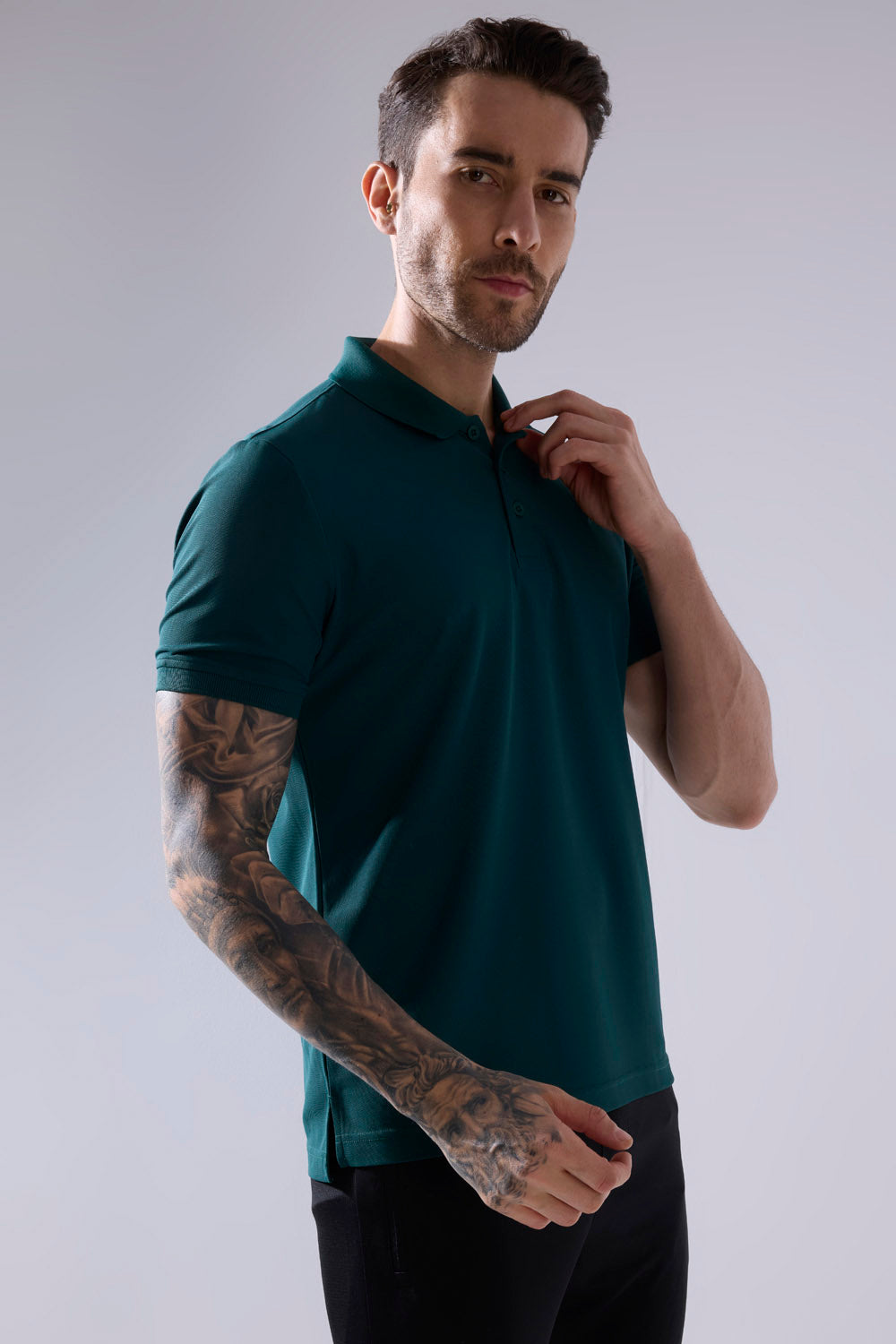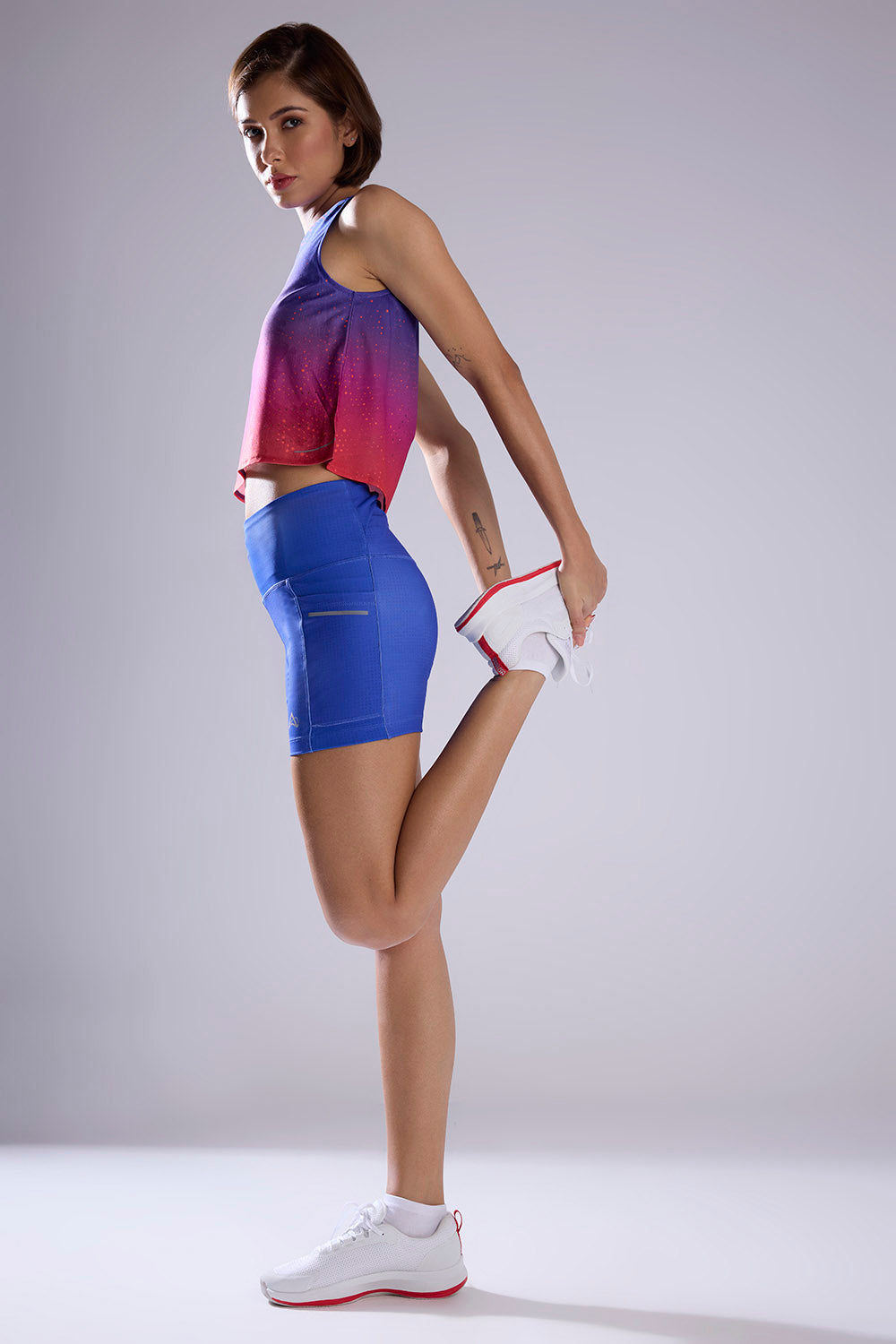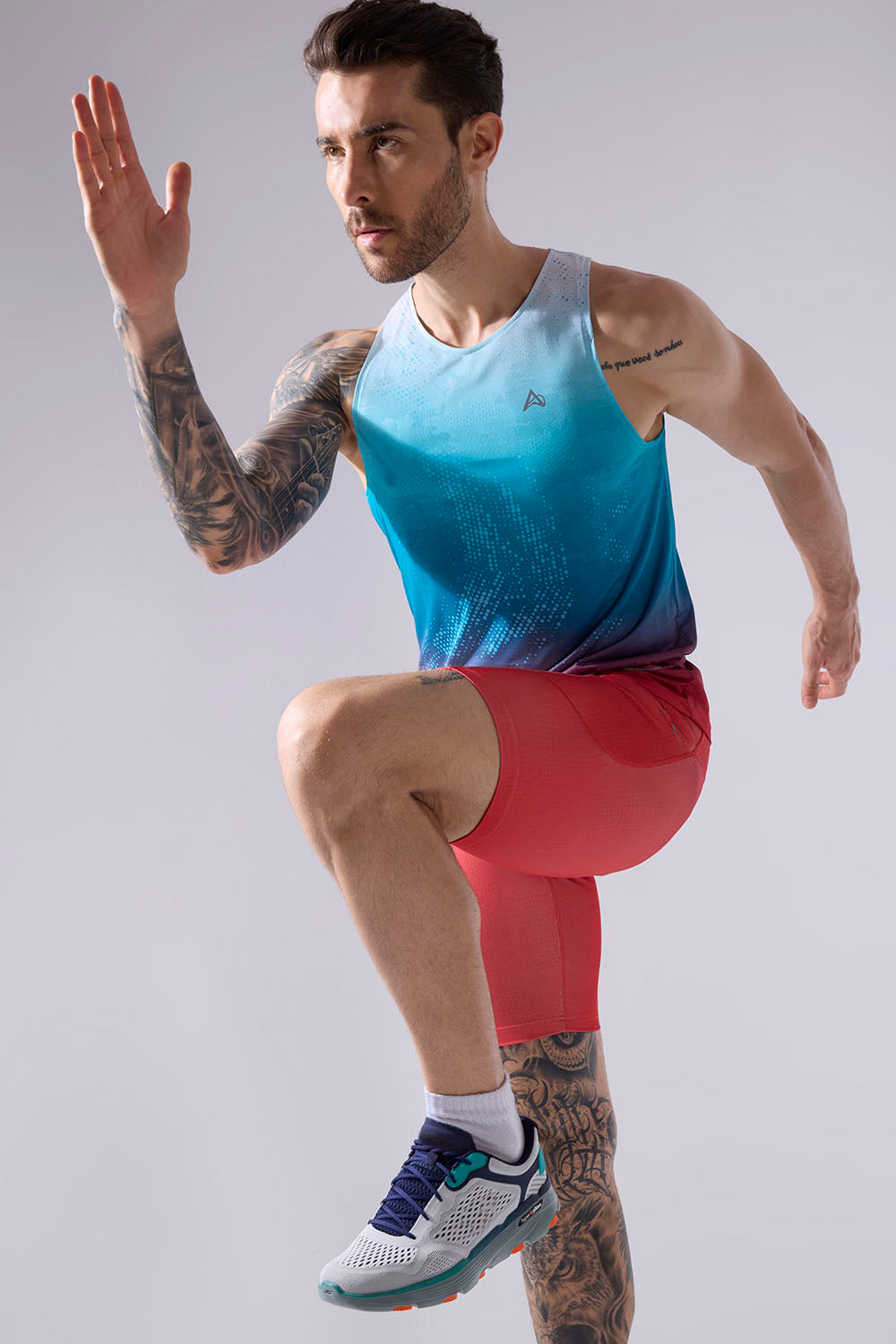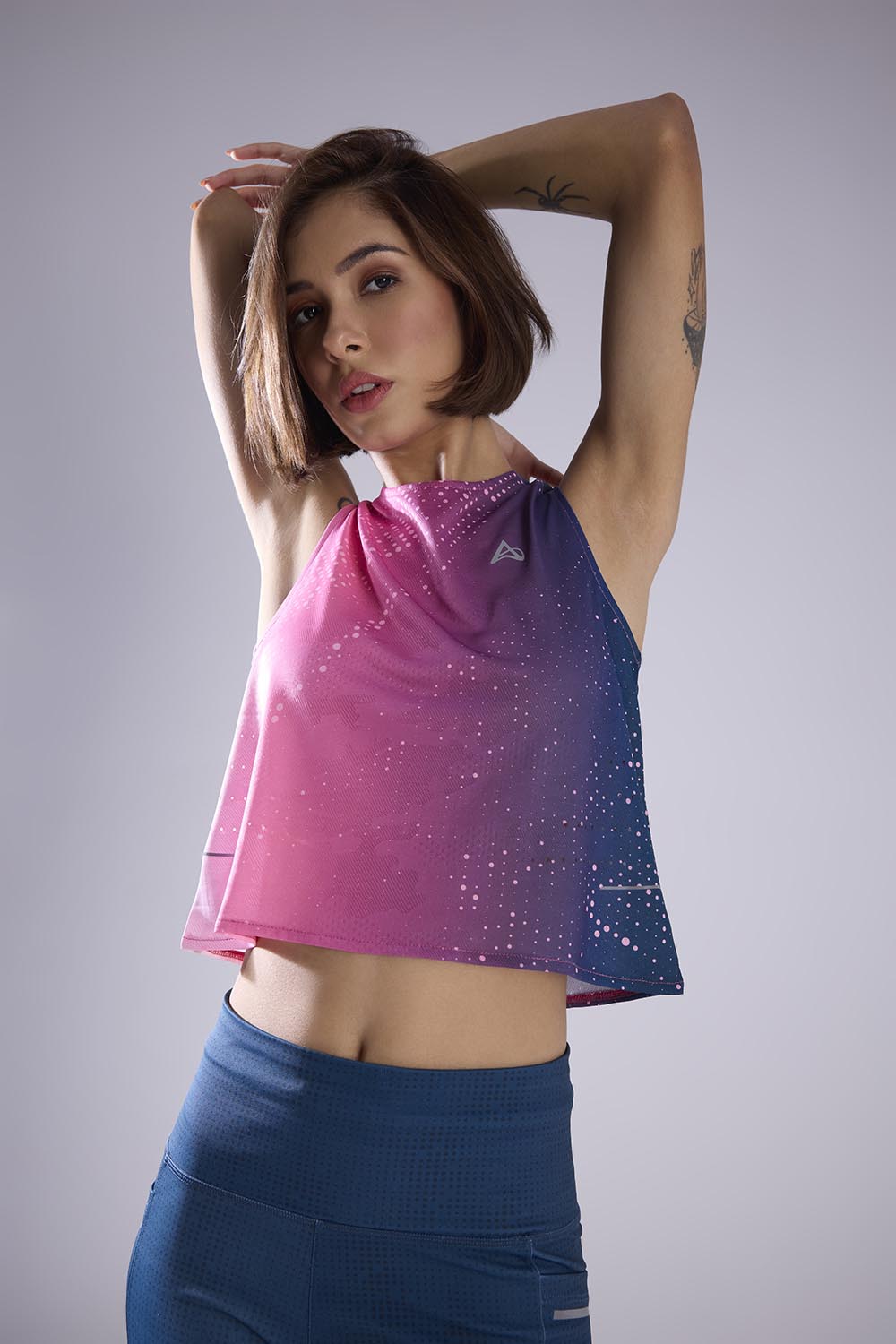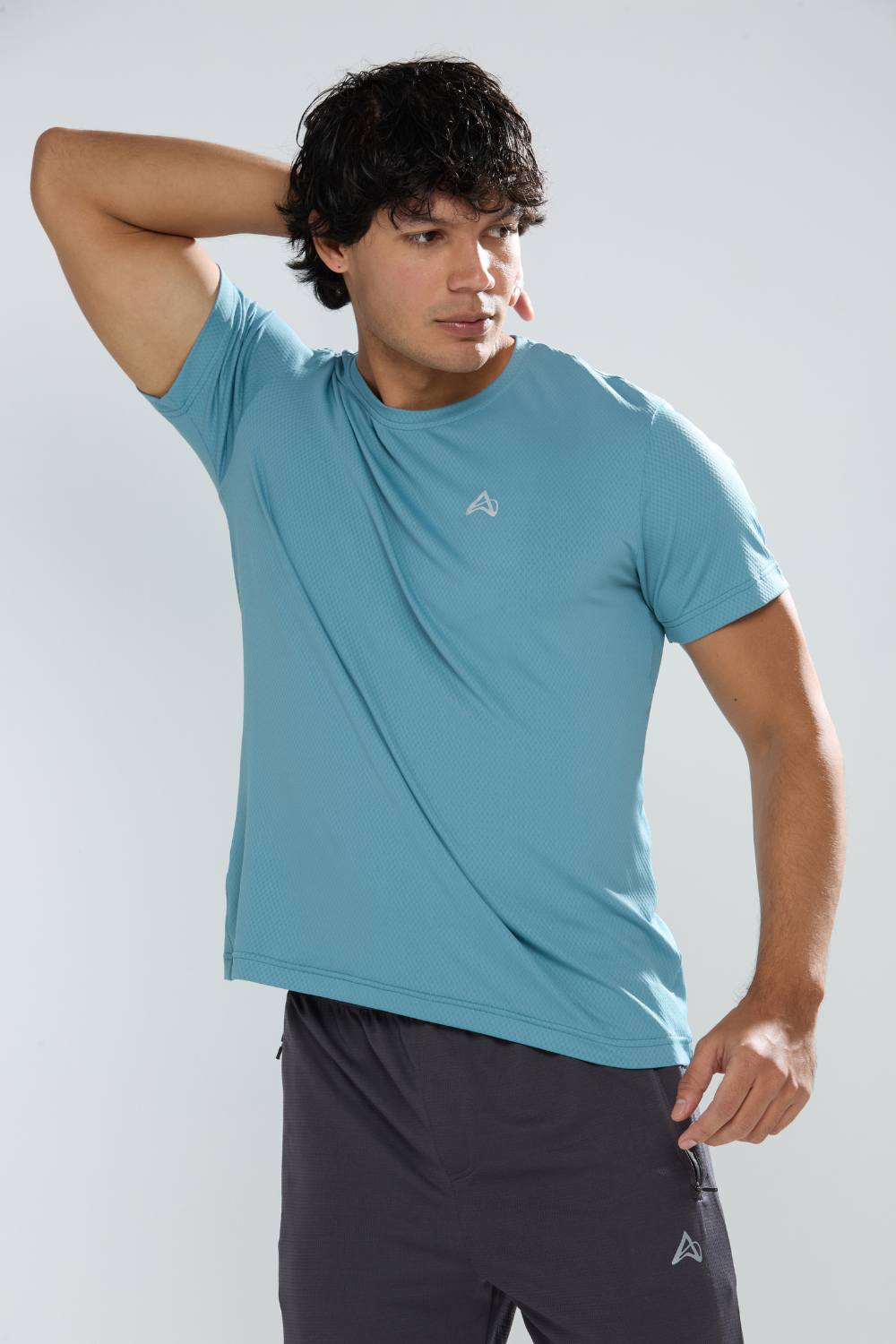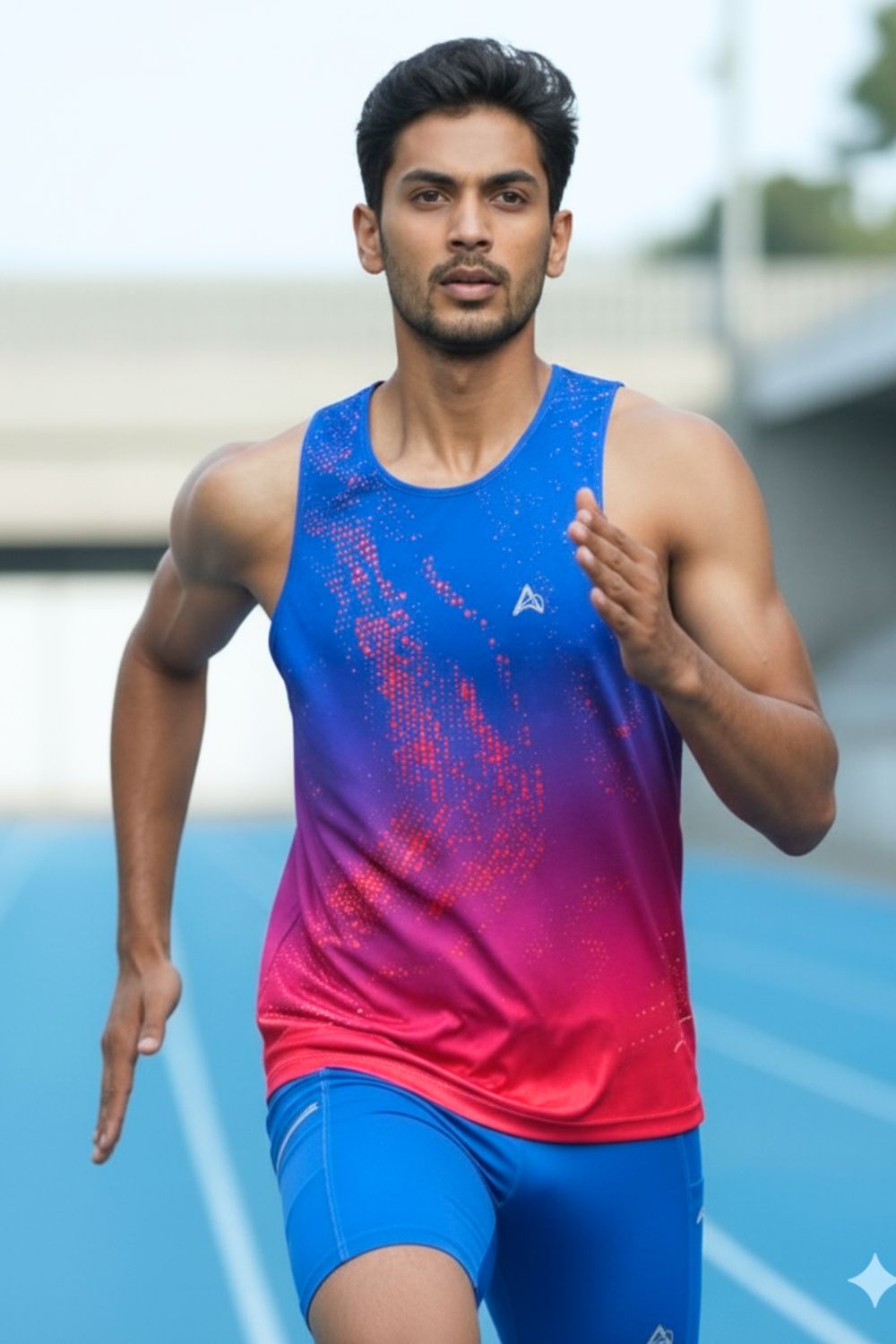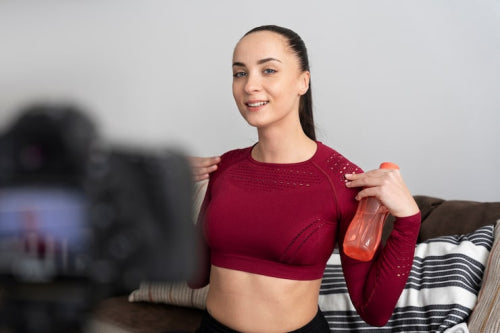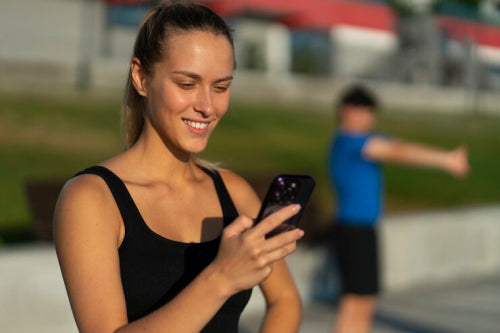In the pre-dawn glow of Chicago's Lakefront Trail, runners dart past skyscrapers, their breath visible in the cool air, their outfits a bold mix of function and flair. From neon leggings to streamlined windbreakers, these urban athletes aren't just logging miles they're shaping a cultural moment. Fueled by social media platforms like Instagram and TikTok, urban running culture has transformed into a powerful force, merging fitness with fashion and redefining how we dress for the streets and the track. This is no fleeting fad; it's a lifestyle revolution, broadcast to millions and driving a multi-billion-dollar industry.
Tired of gear that slows you down? Chafing, soggy fabrics, and missing pockets kill your run's momentum. At Aguante, we're runners who get it. Our high-performance activewear features moisture-wicking fabrics, ergonomic designs, and smart storage to keep you focused. Shop Now!
Urban Running Culture: Fueling Social Media Apparel Trends
City running has evolved far beyond a morning jog it's a global phenomenon rooted in a growing obsession with health and self-expression. Urban runners are turning cityscapes into their arenas, from the crowded sidewalks of New York to the sprawling parks of London. A Dataintelo report pegs the global running apparel market at $26.5 billion in 2023, with projections to reach $38.9 billion by 2032, driven by a steady 4.3% annual growth rate. This boom stems from heightened health awareness, the surge in running as a preferred fitness activity, and advancements in high-performance fabrics. As urbanites embrace active lifestyles, they're not just buying gear they're investing in outfits that blend style with utility, curated for both the trail and the timeline.
Social media is the heartbeat of this movement, transforming runners into trendsetters and their gear into cultural currency. Hashtags like #UrbanRunner and #CityFit dominate platforms, showcasing runners in athleisure a fusion of athletic and leisurewear that includes tracksuits, hoodies, yoga pants, and sneakers designed for both workouts and casual outings. Described as stylish, elevated athletic wear, athleisure emerged in the mid-2010s from the yoga pant trend of the 2000s, becoming a cornerstone of urban wardrobes. It offers North American women, in particular, the freedom to weave sporty aesthetics into daily life, whether they're hitting the gym or not.
City Streets, Runway Vibes
Urban running demands gear that's as durable as it is eye-catching. The aesthetic is unmistakable: clean lines, vibrant hues, and streetwear-inspired designs that thrive in the chaos of city life. Whether it's a sprint through Miami's Art Deco District or a jog across San Francisco's Golden Gate Park, runners need apparel that performs under pressure while looking sharp. Industry giants like Nike and Adidas dominate, but smaller brands like Ciele Athletics, based in Montreal, have redefined the game. Once a niche hat maker, Ciele has grown into a full-fledged running apparel brand, blending counterculture edge with mainstream appeal. GQ credits Ciele with elevating running style, noting that without its influence, runners might still be stuck in outdated split shorts, baggy singlets, and uninspired hats.
The rise of athleisure dovetails with a broader cultural shift toward comfort, accelerated by the pandemic. A Wikipedia overview of 2020s fashion highlights how casual dress codes have permeated even formal settings like universities, as people prioritize ease over tradition. For urban runners, this means gear that transitions effortlessly from a 10K to a caf meetup think leggings paired with flats or sports jackets that double as streetwear. This versatility has made athleisure a wardrobe staple, reflecting a culture that demands both performance and personality from its clothing.
Social Media as the Trend Catalyst
Open TikTok, and you're instantly immersed in a world of runners flaunting their latest looks neon crop tops, sleek tights, and bold sneakers tagged with #RunTok or #CityFit. Social media has turned running apparel into a viral sensation, with influencers and everyday athletes driving demand. Brands are seizing this moment, partnering with runners and creators to launch collections that resonate with urban audiences. According to a Vogue Business analysis, sportswear brands have mastered Gen Z loyalty by aligning with major sporting events and leveraging influencer marketing. A Bernstein survey of 3,500 U.S. consumers found that only 32% of Gen Z prioritize brand for non-sportswear purchases, but in running gear, authenticity and style reign supreme.
Hashtag campaigns like #UrbanRunner foster vibrant online communities where runners share routes, tips, and, most importantly, their outfits. These platforms aren't just marketplaces they're lifestyle hubs. The Wikipedia entry notes that e-commerce platforms like Depop and Etsy have surged in popularity by offering vintage and secondhand running gear, making thrifting a stylish, affordable way to build unique looks. This blend of high-end and thrifted pieces lets runners craft outfits as distinctive as their city routes, democratizing fashion in the process.
Navigating the Trend Marathon
Yet, the social media-driven apparel surge comes with challenges. The breakneck pace of trends new sneakers one week, viral leggings the next can leave consumers overwhelmed, risking market saturation. Brands also grapple with maintaining authenticity in a crowded digital space. Chasing every TikTok fad can erode trust among runners who value genuine engagement over hype. The Vogue Business report emphasizes that successful sportswear brands anchor themselves in cultural moments, like global sporting events, while staying true to their core values.
Balancing innovation with affordability is another hurdle. A Mordor Intelligence report forecasts the running apparel market to grow at a 4.51% CAGR through 2030, fueled by demand for designer athletic shoes and high-performance gear. But as competition intensifies, brands must innovate without alienating budget-conscious runners. While rising disposable incomes, as noted by Dataintelo, support premium purchases, many runners turn to thrifting or affordable platforms to stay stylish without breaking the bank.
Seizing the Urban Opportunity
For running apparel brands, urban running culture is a treasure trove of opportunity. Social media enables real-time engagement, from virtual races to Instagram Live workouts, fostering community and loyalty. Nike's Run Club app, for instance, combines training tools with social features, creating a sense of belonging for runners worldwide. Smaller brands can emulate this by spotlighting local runners or hosting city-based events, tapping into the authenticity Gen Z craves.
Cities are also gateways to new markets. As urban areas become fitness hubs, brands can connect with diverse communities marathoners in Berlin, joggers in Mumbai through localized campaigns and partnerships with running crews. Community events, like group runs or pop-up shops, build lasting connections, turning customers into brand ambassadors. This approach strengthens brand equity, positioning running gear as more than apparel it's a symbol of identity and belonging.
The Finish Line: What Lies Ahead
Urban running culture is no mere trend it's a dynamic force reshaping how we move, dress, and connect. As runners navigate city streets, their choices reverberate across social media, transforming sidewalks into stages and sneakers into cultural icons. For brands, the path forward is clear: embrace the authenticity of urban running, harness social media's reach, and design gear that inspires. With the running apparel market charging toward $38.9 billion by 2032, the industry is poised for growth, driven by a culture that blends style, function, and community. So, tie your laces, hit the pavement, and let your outfit proclaim your place in this vibrant, unstoppable movement.
Frequently Asked Questions
Why do Indian runners rely on social media for activewear inspiration?
Social media provides authentic peer reviews, real-time style inspiration, and community validation. It helps Indian urban runners discover practical, trendy gear that fits their lifestyle and motivates consistent fitness engagement.
How does urban running culture influence apparel trends on social media in India?
Urban running culture shapes social media trends by popularizing gear that combines style with functionality. Indian runners showcase breathable fabrics, reflective details, and versatile designs suited for city running, which quickly gain traction among followers and fitness communities.
What types of running apparel are most popular among urban runners on social platforms?
Lightweight tops, moisture-wicking shorts with pockets, and reflective accessories are favorites. These items address the unique challenges of urban running, such as traffic visibility and heat, making them highly shareable and sought after on platforms like Instagram and YouTube.
Disclaimer: The above helpful resources content contains personal opinions and experiences. The information provided is for general knowledge and does not constitute professional advice.
You may also be interested in: Choosing Running Gear for Indias Urban Environments
Tired of gear that slows you down? Chafing, soggy fabrics, and missing pockets kill your run's momentum. At Aguante, we're runners who get it. Our high-performance activewear features moisture-wicking fabrics, ergonomic designs, and smart storage to keep you focused. Shop Now!
Powered by flareAI.co

